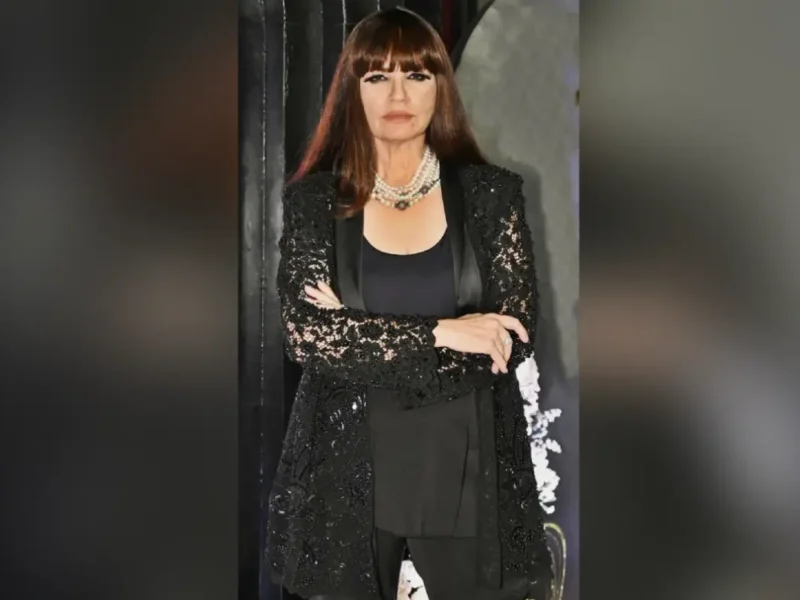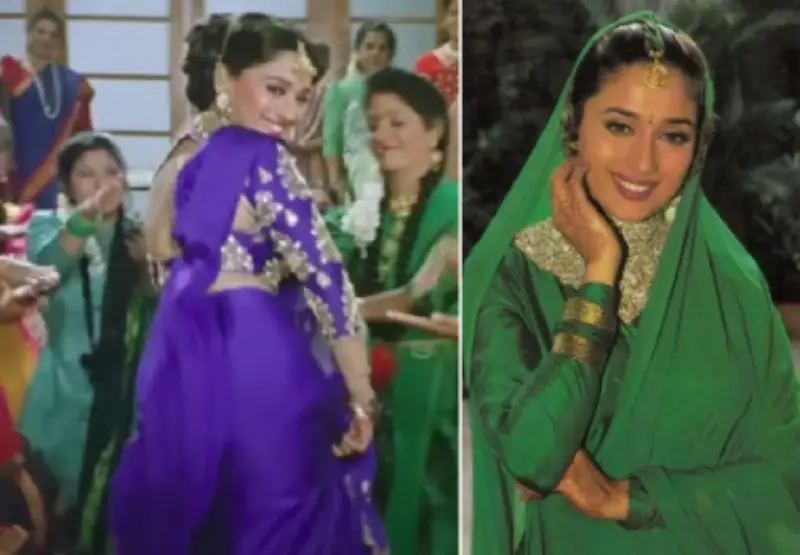
The Significance Of The Khada Dupatta
By Aaliya Deeba
Khada Dupatta holds a significant place within the traditional bridal attire of Indian weddings. This elongated, embellished fabric is gracefully draped over the bride’s head, enveloping her shoulders and extending down to her feet.
Cultural Symbolism: The Khada Dupatta is steeped in profound cultural symbolism in Indian weddings. It embodies the bride’s modesty, grace, and elegance. A powerful symbol of purity, it is believed to bring forth blessings and bestow good fortune upon the bride.
Regional Variations: The Khada Dupatta is draped in distinct styles across various Indian regions. For instance, in North India, it is cascaded over the head and secured at the shoulder, while in South India, it is swathed around the waist and elegantly worn over the head.
Embellishments and Fabrics: Crafted from sumptuous fabrics such as silk, chiffon, or georgette, the Khada Dupatta is lavishly adorned with intricate embroidery, sequins, beads, and zari work. These embellishments infuse opulence and magnificence into the bridal ensemble, as articulated by Aaliya Deeba, the visionary founder of Ideebs London, a distinguished Couture Label.
Color Symbolism: The hue of the Khada Dupatta carries profound meaning in Indian weddings. Red, symbolizing love, fertility, and prosperity, is the predominant choice. However, contemporary brides are exploring hues like pink, maroon, gold, and pastels to harmonize with their wedding attire.
Draping Styles: The draping style of the Khada Dupatta is a versatile canvas, reflecting the bride’s inclination and regional customs. It could be delicately pinned to the shoulder while covering the head, artfully pleated resembling a sari pallu, or gracefully wound around the waist and draped over the head.
Bridal Veil: The Khada Dupatta assumes the role of a bridal veil, veiling the bride’s countenance during specific rituals such as garland exchange or the groom’s arrival. This shrouded aspect lends an air of enigma and anticipation to the bride’s presence.
Bridal Entry: The Khada Dupatta often graces the bride’s entrance to the wedding locale. Family members or bridesmaids elevate it, crafting a splendid archway beneath which the bride traverses. This poignant passage signifies her transition from maidenhood to wedded life.
Styling Suggestions: Effective styling of the Khada Dupatta necessitates its seamless integration with the bridal attire. Coordinating its color and embellishments with the bridal gharara or sharara is paramount. Skillful pinning and draping techniques are pivotal to ensure its steadfastness throughout the ceremonial proceedings.
Personalization: While traditional designs and shades continue to captivate, modern brides infuse personal touches into their Khada Dupatta. Embroidering initials, wedding dates, or meaningful symbols imbues it with individuality and significance.
The Khada Dupatta is an integral element of traditional Indian weddings. It encapsulates cultural ethos, infuses elegance into the bride’s ensemble, and amplifies the overall splendor of the matrimonial ritual. By delving into its essence and embracing adept styling suggestions, brides can seamlessly integrate this timeless tradition, rendering it uniquely their own. (IANS)




